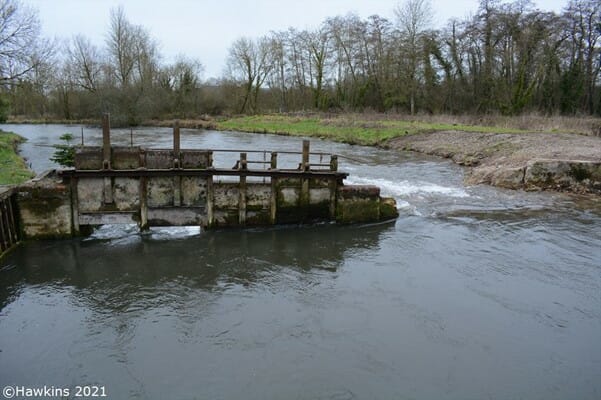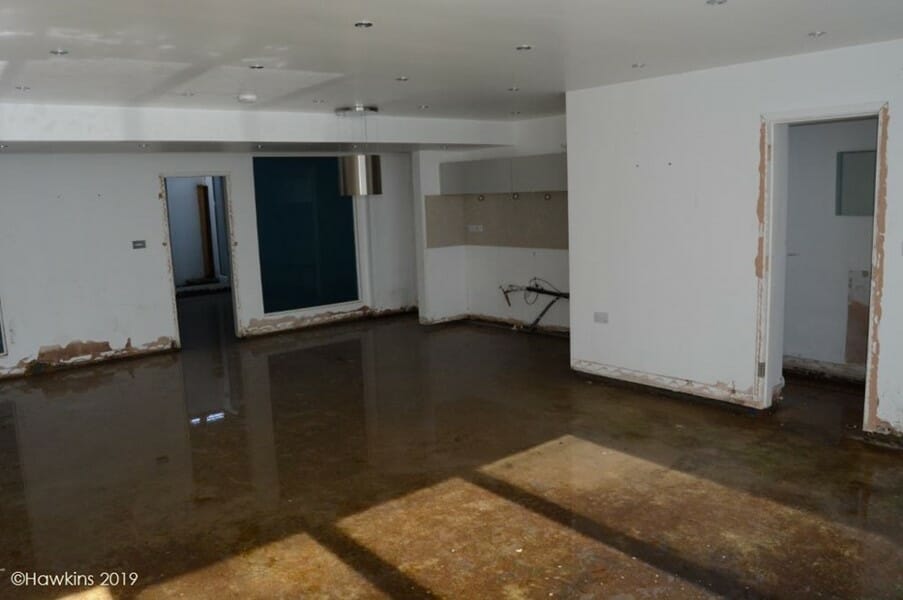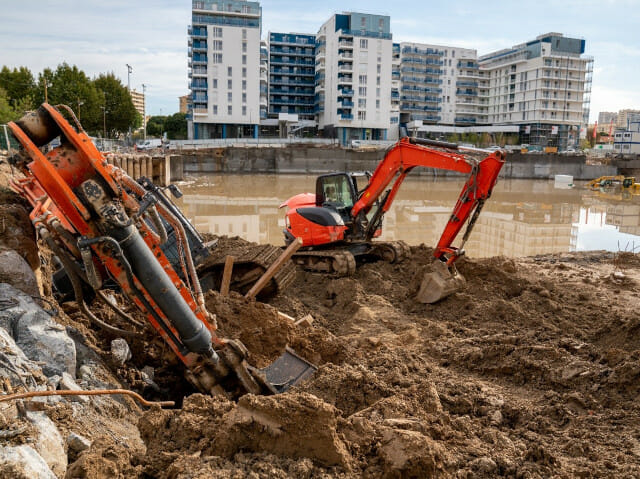The National Planning Policy Framework (NPPF) sets out the Government’s planning policies for England. It states that development in areas at risk of flooding should be avoided by directing development away from areas at highest risk.
However, this is often at odds with both targets for new homes and the availability of suitable development sites. The NPPF makes an allowance for development to occur in flood risk areas if it is considered “necessary.” Such developments must be made “safe for their lifetime,” without increasing flood risk elsewhere. Similar policies apply elsewhere in the UK, as well as internationally. According to the Environment Agency, if development in flood risk areas in England continues at its current rate for the next 50 years, the number of properties at risk of flooding will almost double.
It is therefore crucial that flood risk is assessed and managed appropriately during the planning, design, and construction of new developments.
GUIDANCE FOR FLOOD RISK ASSESSMENTS
Defra and Environment Agency guidance requires flood risk assessments (FRAs) to be submitted with planning applications for developments, including the change of use of existing buildings, that are within ‘Flood Zones’ 2 or 3 (having a medium or high probability of flooding) on the Environment Agency’s Flood Map for Planning. These zones encompass land that is likely to be flooded from rivers or the sea in a ‘1 in 1,000 year’ flood event.
FRAs must also accompany planning applications for some developments that are within Flood Zone 1 (low probability of flooding), as follows:
- Developments that are larger than 1 hectare
- Developments that could be affected by sources of flooding other than rivers and the sea (for example surface water, sewers, groundwater and infrastructure failure)
- Developments in areas that have ‘critical drainage problems’ (as defined by local planning authorities)

British Standard BS 8533:2017, ‘Assessing and managing flood risk in development – Code of Practice’, complements the Defra and Environment Agency guidance and gives recommendations and guidance on the appropriate assessment and management of flood risk to a proposed development. There are three main stages in an FRA, which are:
- Assess the probability and consequence of flooding to the development site from all sources.
- Determine whether the development will increase the risk of flooding elsewhere.
- Establish the design measures needed to manage the risk of flooding to the development (and elsewhere, if applicable).For example, constructing flood defences or providing dedicated routes for floodwater to pass unimpeded through the site without affecting buildings.
WHY DO NEW DEVELOPMENTS CONTINUE TO FLOOD?
Despite this guidance, we still see numerous situations where new developments flood (ranging from single houses to large scale urban regeneration projects), and property owners and insurers are left to pick up the pieces. In many of these cases we find that the risk of flooding has not been adequately considered or managed by those involved in the planning, design and construction of the new developments. Some examples of recent cases involving flooding of new developments for which we have provided forensic and expert witness evidence include:
> A small development in Flood Zone 1, but in an area known to be at risk of surface water flooding, as shown in the Environment Agency’s Surface Water Flood Risk Map. An FRA was not prepared (but should have been, given the risk of surface water flooding) and no design measures were specified to manage the risk of flooding.
> A new basement extension in an area known to be at risk of surface water flooding. The flood risk assessment did not adequately consider the risk of surface water flooding to the basement (which subsequently flooded).

> Flooding during construction of a new road that crossed multiple watercourses and floodplains. Inadequate consideration was given to the risk of flooding occurring during construction in the Risk Assessment and Method Statements (RAMS) prepared by the contractor.
> Ground levels were raised in part of a development site that was at risk of flooding. This loss of ‘floodplain storage’ resulted in floodwater being displaced into nearby properties, increasing their risk of flooding.
> Inadequate consideration was given to the likely overland flow path for surface water across external areas of a residential property, resulting in surface water being directed into (rather than away from) the house.
> The specification of flood protection barriers across doorways to a building in a flood prone area, without considering other potential entry points for floodwater to enter the building (such as through airbricks).

The construction of a flood defence wall around a property adjacent to a river, with inadequate consideration of the potential for floodwater to bypass the defence by travelling through the ground beneath it. A basement extension with no measures to prevent water backing up from the public sewer and overflowing from drains in the basement. You can read more about sewer flooding and what protections should be provided in Part II of our Water Damage in Basements series of articles.
HOW CAN WE HELP?
As with many other types of losses, flood damage to new developments (or during their construction) should raise a ‘red flag’ for potential subrogated recovery. Our expert hydrologists, hydraulic modellers and civil engineers have years of experience investigating the root cause of flooding incidents, providing expert witness evidence in civil claims and advising on measures to manage the risk of flooding.
ABOUT THE AUTHOR
Richard Keightley is a Chartered Fellow of the Chartered Institute of Water and Environmental Management and Chartered Environmentalist with 18 years’ experience in flood risk management. Prior to joining Hawkins in 2017 he worked in consultancy where he prepared numerous FRAs in support of planning applications and local plans. Since joining Hawkins, he has provided expert witness evidence in a number of civil claims involving flooding of new developments, both during construction and following completion.







